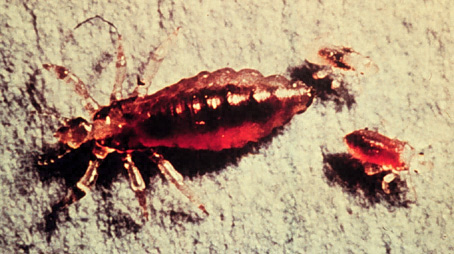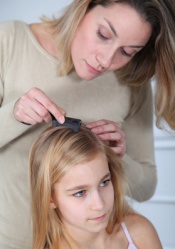HOME REMEDY FOR HEAD LICE
We are often asked about a home remedy for head lice. One of the biggest mistakes we see in treatment is trying a lice home remedy. Many people spend months trying a home remedy for head lice like mayonnaise, tea tree oil, listerine, olive oil, vinegar, rubbing alcohol, kerosene, or even gasoline. Unfortunately, home remedies … Read more

